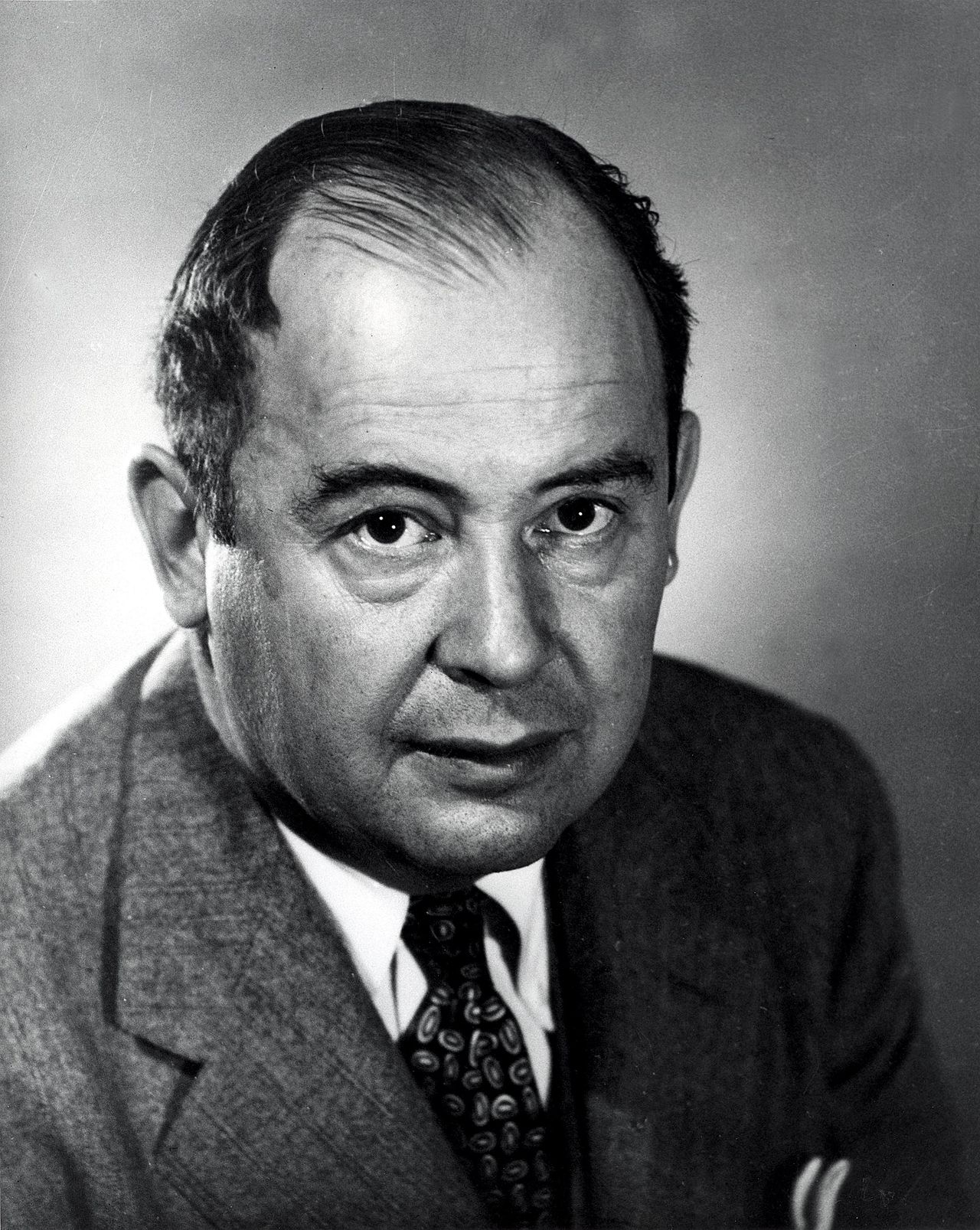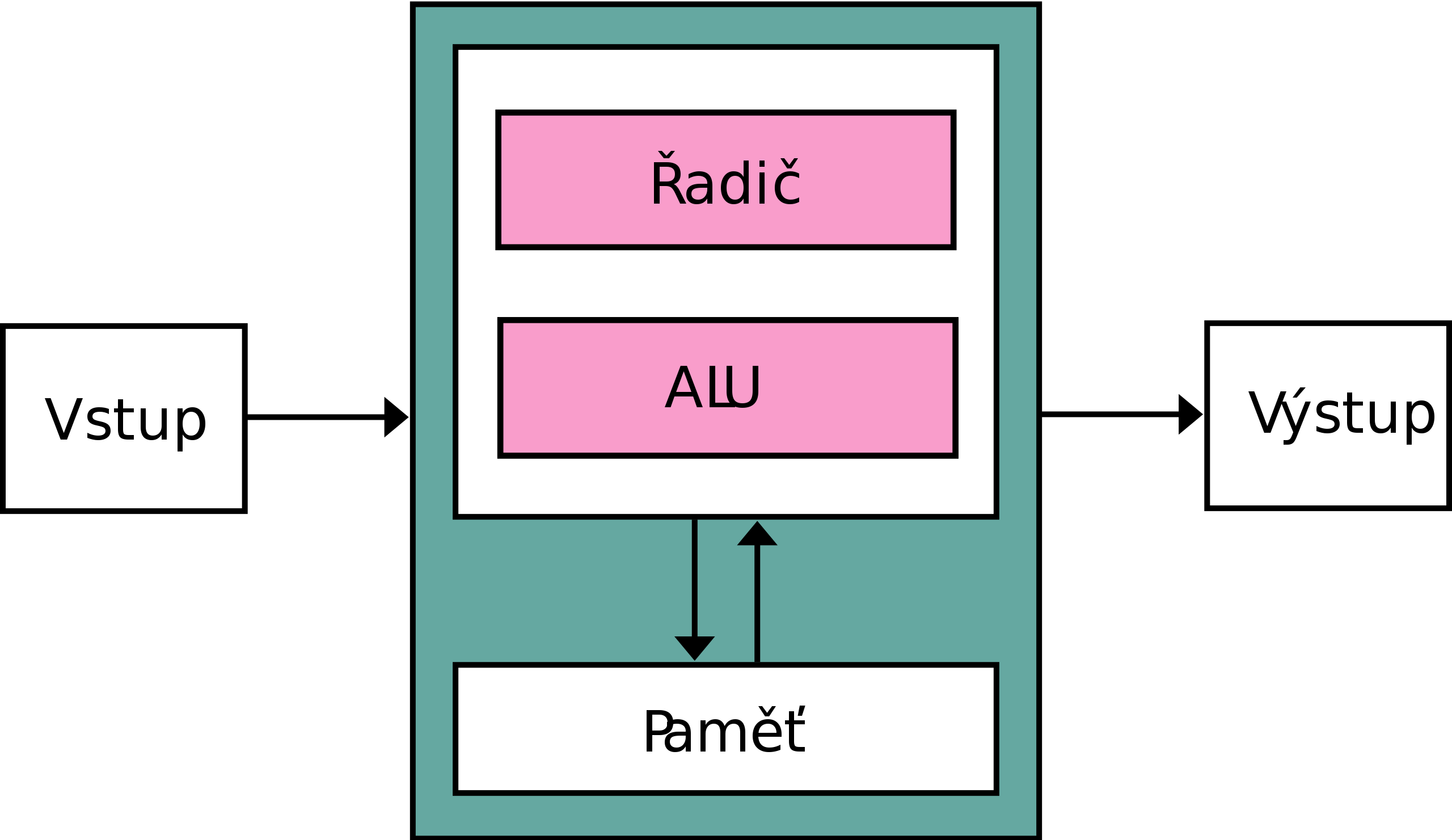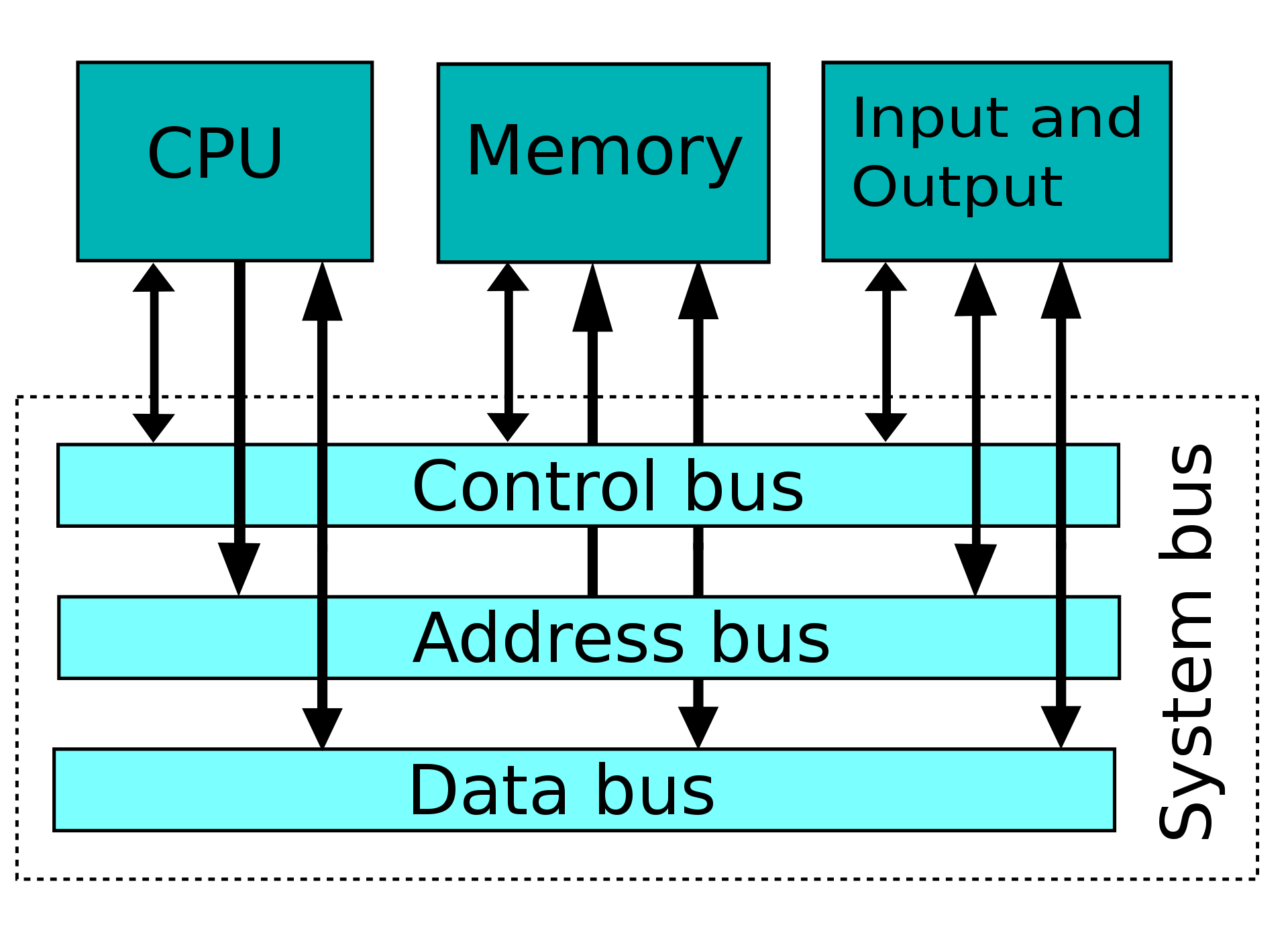Even before Apple's smartwatch saw the light of day, users could strap a computer to their wrist in the form of a device called Seiko's OnHand PC. This is exactly what we will imagine in today's part of our series on the history of technology, but we will also talk about von Neumann's architecture.
It could be interest you

The first wrist computer (1998)
On June 10, 1998, Seiko introduced the world's first wearable "PC watch". The device was sold under the name OnHand PC (Ruputer), was fitted with a sixteen-bit 3,6MHz processor and equipped with 2MP storage. All information was displayed on a monochrome LCD display with a resolution of 102 x 64 pixels, the watch had the ability to download images, play games, and was also equipped with three applications. The watch ran the W-Ps-DOS operating system, the device was controlled by three buttons and a miniature joystick. Synchronization of the OnHand PC with the computer took place with the help of an infrared port and special hardware and software. The OnHand PC retailed for $285.
Von Neumann's computer (1946)
On June 10, 1946, scientists from The Princeton Institute Institute for Advanced Study (IAS) successfully completed the development of the John von Neumann computer. The computer contained operational memory, an arithmetic-logic unit, a controller and I/O devices. The processing of individual instructions in the memory took place via the control unit, the input and output of data were provided by the input and output units. In the so-called von Neumann architecture, data and instructions were expressed in binary and stored in memory at locations designated by addresses. Von Neumann's scheme is still valid in many cases today. The computer was relatively small by the standards of the time – it measured less than two meters in length, about 2,4 meters in height and just over 0,5 meters in width.
Other events not only from the world of technology
- The first intercontinental undersea cable link was operated between Canada and Ireland (only for 26 days (1858)
- IBM and Microsoft sign a mutual long-term development agreement (1985)
- Microsoft announces plans to end distribution of MS Money (2009)


